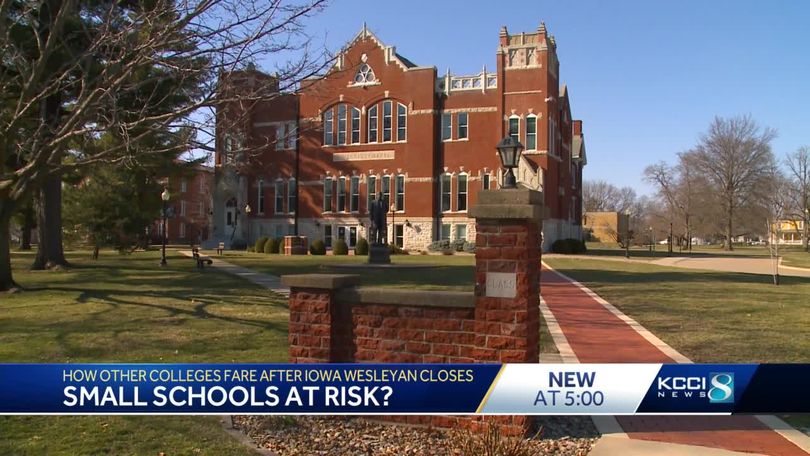
I have stolen the concept from Celebrities We Lost in (Year), the pictures I found online, and the actual research from InsideHigherEd. I had fun packaging the “obituaries” this way and I learn more when I re-create it.
“Over the course of 2023, 14 nonprofit four-year colleges announced closures. (A handful of others announced mergers or acquisitions.) A 15th institution, the King’s College, did not announce it was closing but has essentially shut down, a move apparently necessitated by financial issues coupled with a loss of accreditation.
Among the 15 institutions that announced closures, 10 were religiously affiliated. Four were Catholic, which is the only denomination represented multiple times in this year’s round of closures. Three of the colleges were located in New York; Wisconsin was the only other state where more than one college announced a closure.” The text above and below this comes from an IHE article on 12/21.
- Alderson Broaddus University – West Virginia (see above)

In late July, the West Virginia Higher Education Policy Commission voted to strip the university’s degree-granting authority, prompting Alderson Broaddus to formally announce its closure in August, when it also filed for bankruptcy. The university had long dealt with accreditation and financial issues, operating at a deficit in nine of the 10 years preceding the closure announcement. Enrollment had also slipped from 1,117 students in fall 2013, according to federal data, to roughly 670 students at the time the closure was announced. ABU formally closed at the end of August.
2. Alliance University – New York

What was formerly known as Nyack College sold its campus in 2020 to move to New York City, rebranding as Alliance in 2022. But that wasn’t enough to fend off closure; the university announced in July that it would cease operations by Aug. 31. A loss of accreditation due to noncompliance issues prompted the sudden shutdown; the Middle States Commission on Higher Education had placed Alliance on probation over financial matters in March. The private Christian university, which traces its history back to 1882, struggled to draw students in recent years. While the latest federal data show enrollment at 1,863 in fall 2021, that number had slipped from 1,981 in fall 2019, before the COVID-19 pandemic. The drop is much more precipitous going back to fall 2013, when the university enrolled 3,082 students.
3. Cabrini University – Pennsylvania

Despite a public appeal for partners that began in 2022, Cabrini announced in June that it would shut down, citing financial issues brought on by dwindling enrollment, the COVID-19 pandemic and other factors. Cabrini officials noted that nearby Villanova University, a fellow Roman Catholic institution, was working on a deal to acquire its campus, which might allow the Cabrini name to live on in some way. Officials told Inside Higher Ed that enrollment stood at about 1,500 in fall 2022. But federal data show that number had been trending downward for years; Cabrini enrolled more than 2,400 students in fall 2013. Unable to sustain the loss of almost 1,000 students in less than a decade, the university shuts down officially shut down in May 2024.
4. Cardinal Stritch University – Wisconsin

Their President cited “fiscal realities, downward enrollment trends, the [coronavirus] pandemic” and “mounting operational and facility challenges” as the factors that drove their closure in April. The small Roman Catholic college in Wisconsin formally ended operations following its May commencement. Plunging enrollment was key to its downfall; Cardinal Stritch lost more than 3,000 students in less than a decade, with the head count falling from 4,407 in fall 2013 to 1,365 in fall 2021, according to federal data.
5. The College of Saint Rose – New York

In late October, the College of Saint Rose Board of Trustees voted to close the institution after asking local and state officials for a $5 million emergency funding lifeline that never came. The closure comes amid years of financial struggles, which prompted deep programmatic and job cuts. Officials had sought partnerships prior to the closure, but the effort was unsuccessful. The College of Saint Rose, a private institution located in Albany, N.Y., had been shedding students for years. While federal data put Saint Rose’s head count at around 2,800 last year, enrollment collapsed from 4,004 students in fall 2019 and 4,542 students a decade ago.
6. Cox College – Missouri
In a move that seems to straddle the line between a merger and closure, Cox College in Missouri announced it will admit students through spring 2025 and shut down when those programs conclude. Then it will hand over certain programs to Missouri State University and Ozarks Technical Community College as part of the formation of the Alliance for Healthcare Education, a nonprofit corporation that is expected to open by fall 2025. CoxHealth, an affiliated nonprofit hospital system, will offer instructional sites to partners in the alliance. Cox is closing despite enrollment gains; the college enrolled 956 students in fall 2021, an increase from 880 students in fall 2013 and 486 in fall 2003.
7. Finlandia University – Michigan
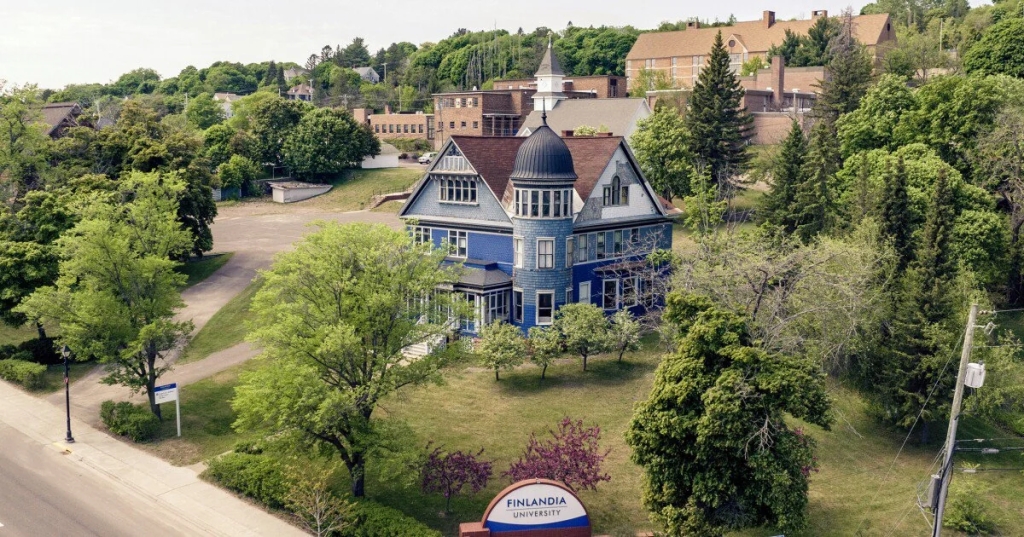
The private Lutheran college in Michigan was founded by Finnish immigrants in 1896. Citing enrollment issues that officials attributed to demographic changes and a “steep decrease in interest in going to college,” Finlandia announced in March that it would not enroll students in fall 2023. According to federal data, Finlandia enrolled 479 students in fall 2022. That number had been in flux over the years, though enrollment has hovered around 500 students for most of the last two decades.
8. Hodges University – Florida
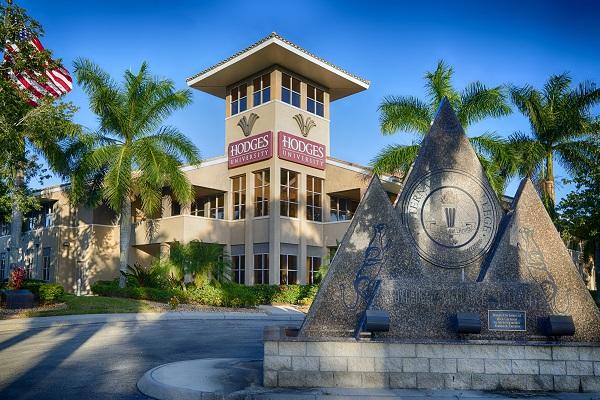
Shortly before the start of its fall semester, the small private institution in Florida announced it was shutting down. Officials blamed declining enrollment and financial challenges when they delivered the news in late August that Hodges would call it quits before the end of August 2024. The university enrolled just 443 students in fall 2022, according to federal data—a significant drop since the start of the pandemic; in fall 2019, 977 students were enrolled. And back in fall 2013, 2,000 students attended the university, according to federal data, meaning it lost more than 1,500 students in the past decade.
9. Iowa Wesleyan University
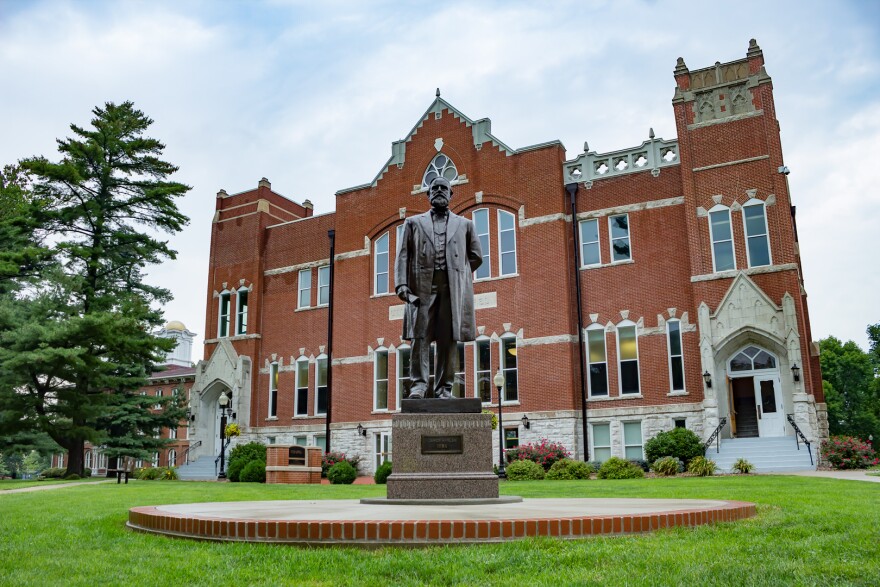
The private, 181-year-old United Methodist institution named inflation, enrollment challenges, and decreased fundraising as the key factors driving the announcement of its closure in March. Despite what officials said, Iowa Wesleyan’s enrollment had been trending up. In fall 2022, the university enrolled 820 students, up from 622 in fall 2019, the last semester before the coronavirus pandemic hit the U.S. Federal data show Iowa Wesleyan was experiencing one of its strongest enrollment years in the last two decades.
10. The King’s College – New York
While the King’s College in New York has not formally declared a closure, the institution canceled its fall 2023 semester, had its accreditation stripped and is no longer operational. Its website notes that TKC is not accepting applications. The small evangelical institution’s closure came about after years of declining enrollment and failed efforts to expand online. TKC enrolled 384 students in fall 2021, according to recent federal data. By comparison, enrollment topped 500 for most of the past decade before falling below that number in fall 2020. Officials also noted that declining fundraising had played a role in the college’s financial issues.
11. Lincoln Christian University – Illinois

Ongoing enrollment issues and a case of mistaken identity are among the issues that officials cited in October when Lincoln Christian University announced it would close by the end of the academic year. Part of the problem, officials told a local newspaper, was that prospective students were confused by the closure of the nearby but unaffiliated Lincoln College in 2022; the two private Christian institutions share the same namesake city, Lincoln, Ill. Like its neighbor, Lincoln Christian University had been losing enrollment for years, falling from nearly 1,000 students a decade ago to 537 in fall 2021.
12. Magdalen College – New Hampshire
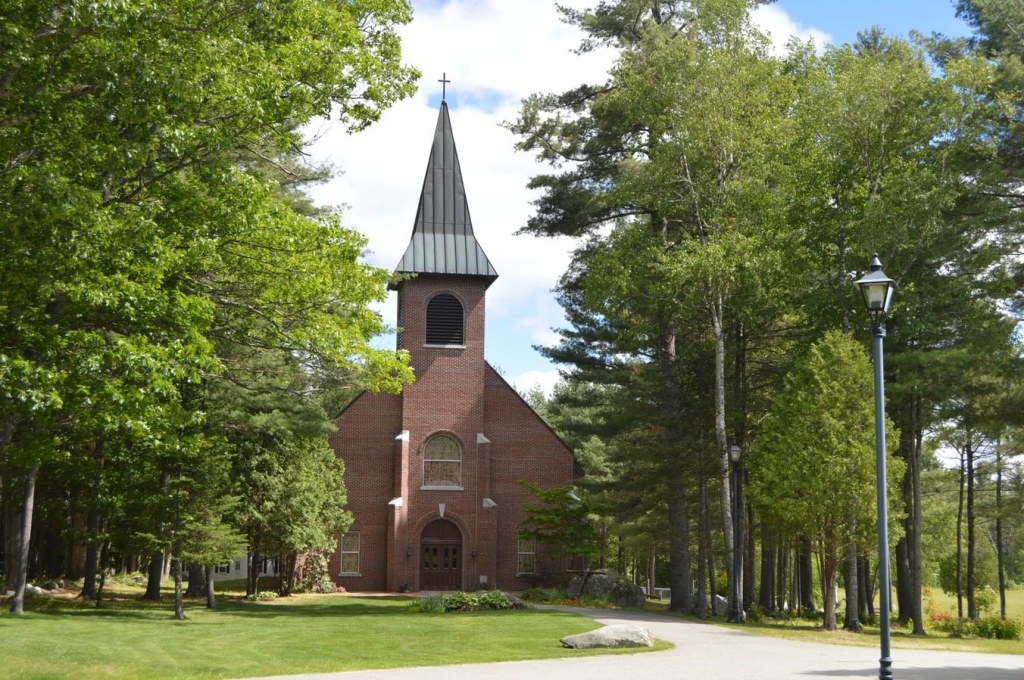
Magdalen College of the Liberal Arts cited low enrollment and financial challenges in November when officials announced plans to close at the end of the academic year. The small Catholic liberal arts college in New Hampshire offered only one degree: a bachelor of arts in liberal studies, with majors in literature, philosophy, history and theology. Its website emphasizes a “deep integration of liberal education and the Catholic faith within a joyful community.” With only 60 students enrolled when it announced it was closing, Magdalen College is the smallest institution represented on this list. While the college’s head count never surpassed more than 100 students in the last two decades, its recent high point was in fall 2016, when it enrolled 90 students.
13. Medaille University – New York

Following the collapse of merger talks with nearby Trocaire College, Medaille announced in May that it would close due to a mix of budget issues and enrollment challenges. That closure was almost immediate; the university officially shut down in late August. Like many institutions that announced a closure or merger this year, Medaille had struggled to attract students. Enrollment at the private college in Buffalo, N.Y., slipped from nearly 2,400 students in fall 2013 to 1,814 in fall 2021, according to the latest federal data.
14. Presentation College – South Dakota
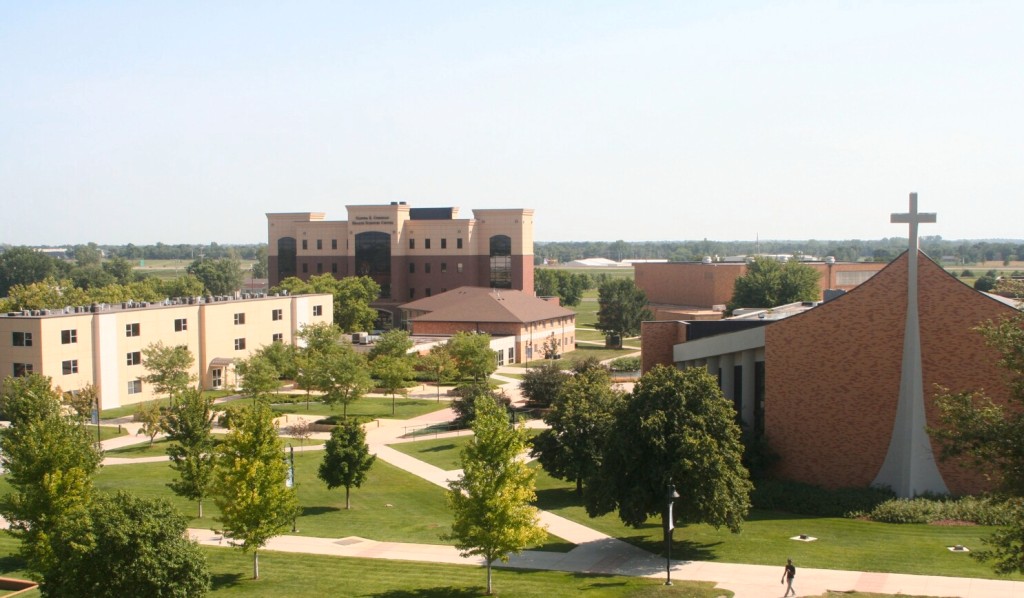
Private Catholic institution in rural South Dakota, which in January said it would shut down after the summer 2023 term, bringing an end to the mission that began with its founding in 1951. The college enrolled 577 students in fall 2021, according to the recent available federal data. The college never cracked 1,000 students in any given year over the past two decades; its highest enrollment during that period appears to have been 821 students in fall 2016.
15. University of Wisconsin–Platteville Richland
The University of Wisconsin–Platteville Richland had the highest enrollment of any of these colleges, but like most of the others, those numbers have long been trending downward. Though it enrolled 6,702 students in fall 2023—a 3% increase over the prior year—the university had lost more than 2,000 students since fall 2013, when the head count stood at 8,712, according to federal data. Hobbled by reduced state funding, Universities of Wisconsin officials pulled the plug on the branch campus.”
